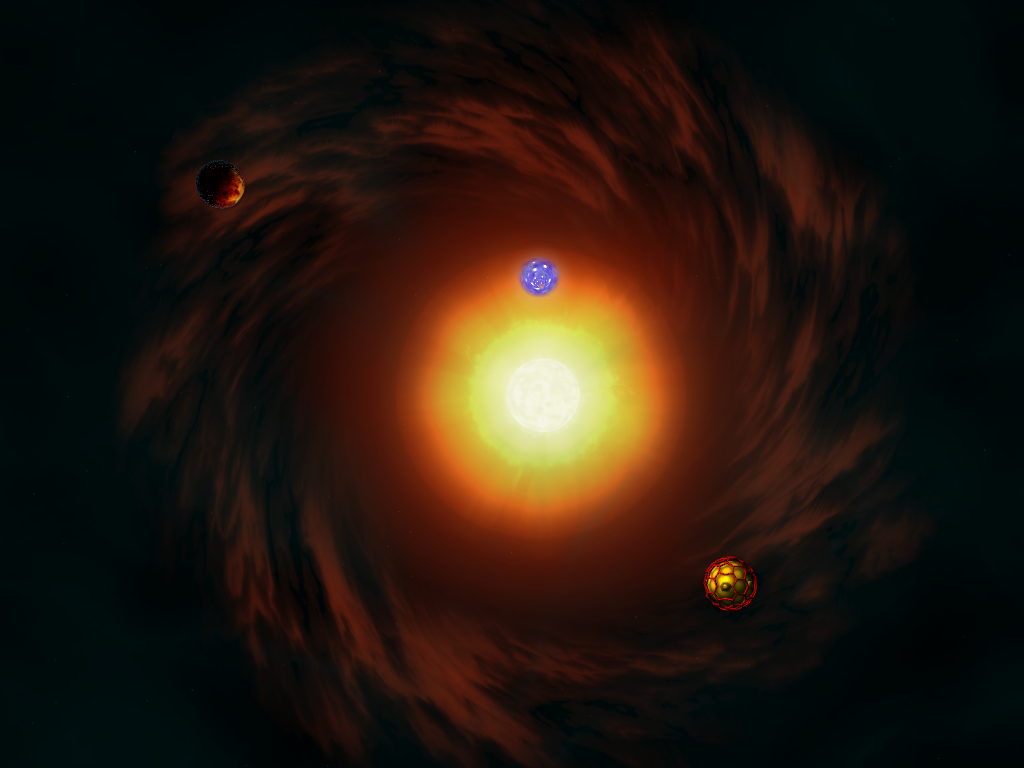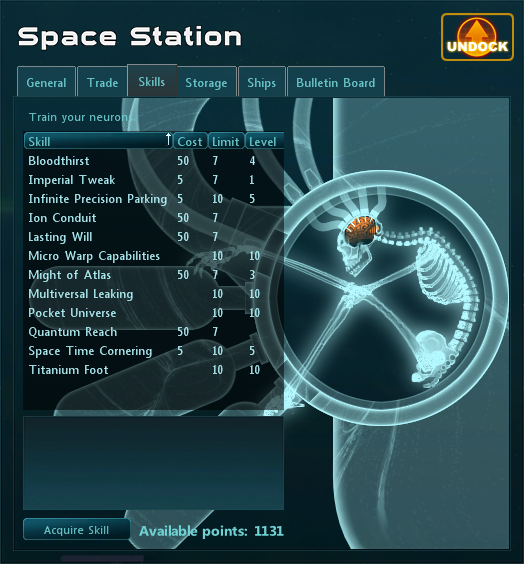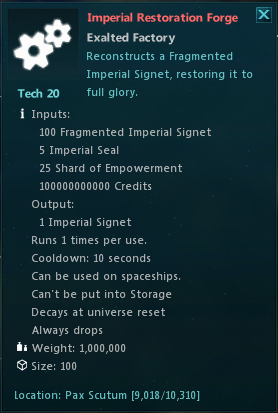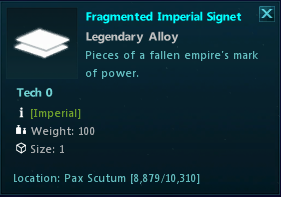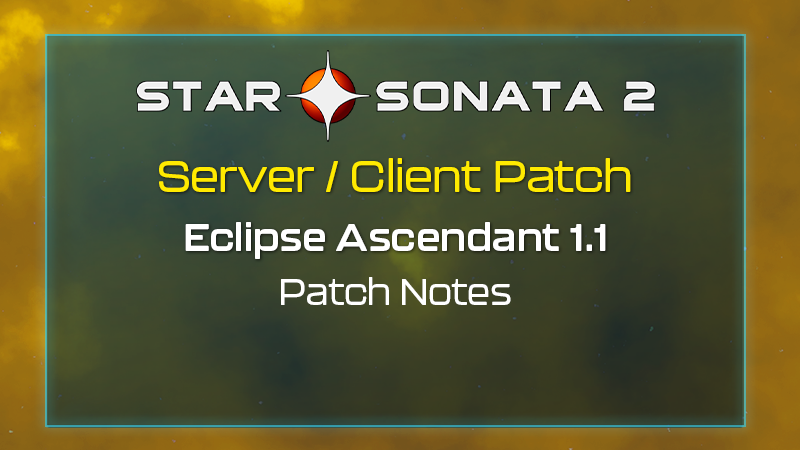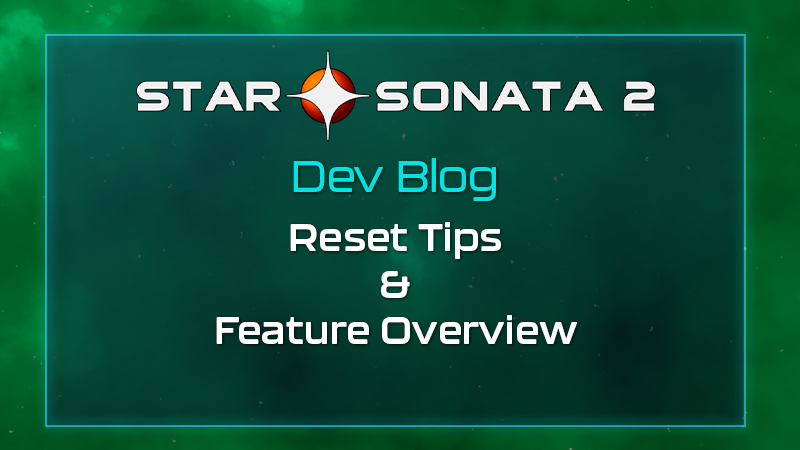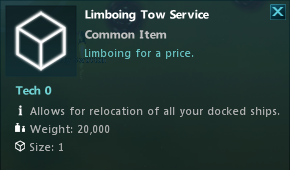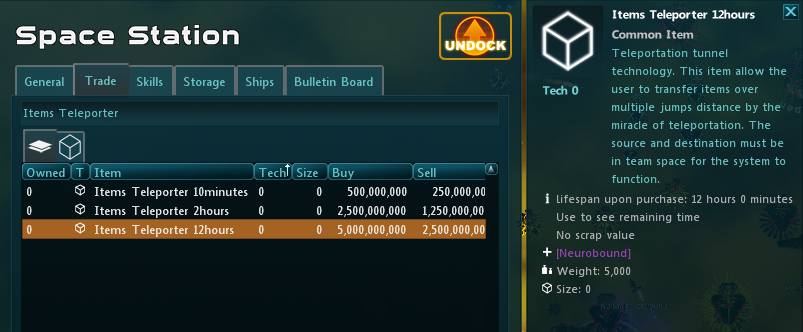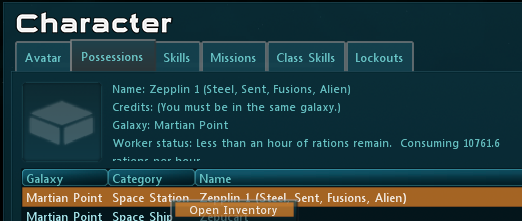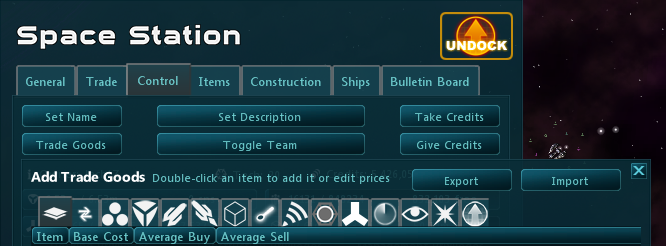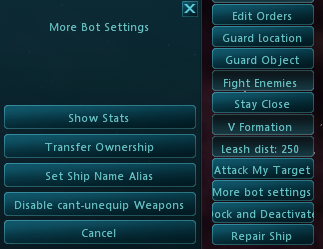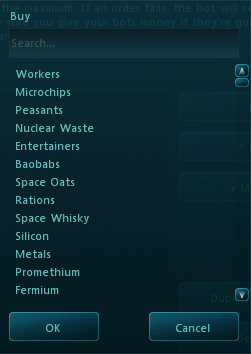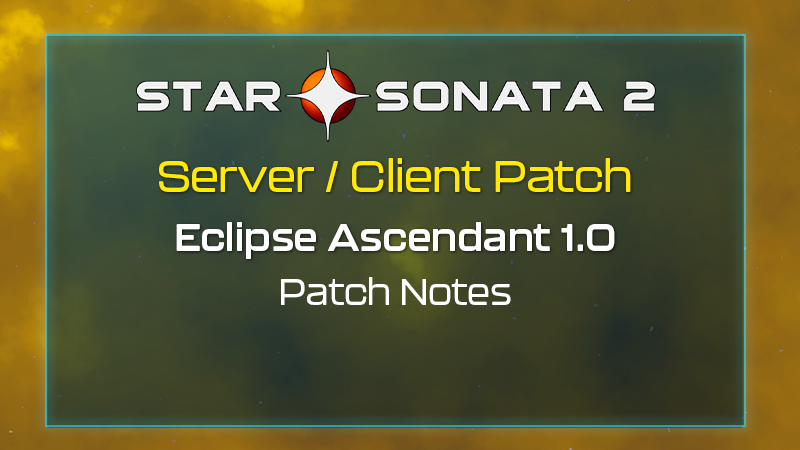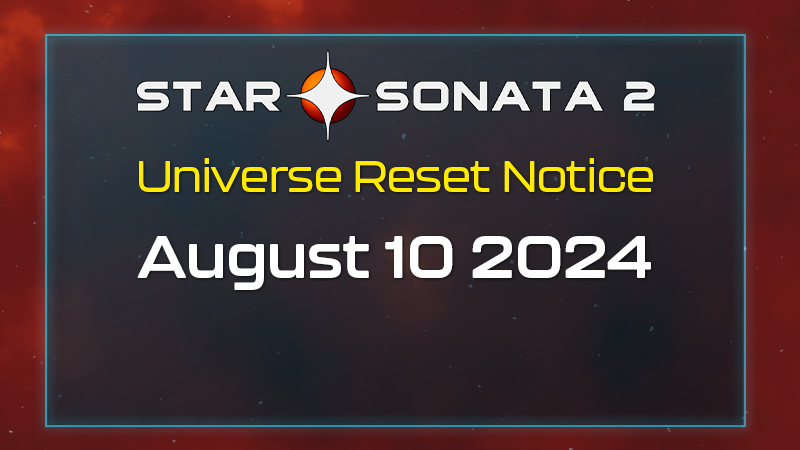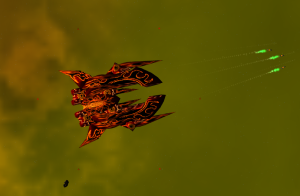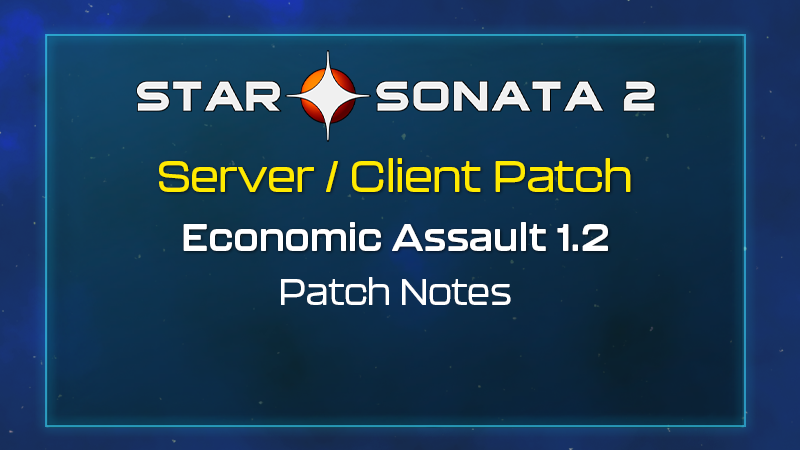NOTE: If you haven’t read the first blogpost, Neuroforge Update: Forging Items, you might want to check it out before reading this one.
We’re excited to unveil updates for the Gunner and Ranger classes as part of the Neuroforge overhaul. These changes focus on diversifying viable playstyles and refining mechanics to keep things fresh. These changes aim to add flexibility and new dynamics while staying true to the core identities of each class. Let’s break down what you can expect.
Ranger Rework
The Ranger class still retains its long-range stealth playstyle but now offers more flexibility. Compared to Sniper it has less range and tracking, is no longer a glass cannon, and replaced the Sniper Analyzer with a Ranger Scope for faster and chunkier damage buildup.
The core distinction between Sniper and Ranger is that Sniper had much greater stealth, range, and tracking bonuses. Sniper was all about maximizing range, with a high-damage mechanic that benefits from focusing down a target over a 2 minute and longer time scale. But this came with limitations: it was slow to ramp up damage, being near useless in short-duration fights, and depended exclusively on range and stealth for survival. Ranger brings down these extremes, making it less reliant on its fragile glass-cannon nature, allowing for more diverse strategies. The fine tuning we’ve been doing in the closed beta has been aimed towards making sure Ranger can still perform in the old long range stealthy style, while making sure that the playstyle is not the de facto way to play Ranger going forwards. We expect that what we’ve accomplished here is a class that can be played in a greater variety of styles, including the old glass cannon Sniper style. Maybe someone will come up with an offtank Ranger, or a non stealthy duelist focusing on grinding tough enemies down head to head.
Damage Ramping
One of the key new mechanics is the Ranger Scope, which works similarly to the Sniper Analyzer but ramps up much faster, in 25 seconds rather than 2 minutes. Marking a target by landing an Empowered Shot, automatically available every 5 seconds, builds up stacks on the target. These marks echo every other preexisting marks damage each time they are applied, letting you amplify your damage against a target without forcing you to tunnel vision the target.
Unlike the Sniper Analyzer which forces you to focus on a single target, Ranger can spread marks across multiple enemies. Marks decay slowly on a per target basis, allowing you to stack damage across multiple targets without fear of losing your damage bonus. By ramping up the Ranger’s damage on a per target basis, we allow the Ranger to freely choose its targets based on what they consider the highest priority to be. At the same time, Marks are not applied to extra targets via On Hit weapon effects. This means that Splash/Chain/etc will not apply a mark, nor does the extra damage done to the main target from the Marks echoes apply to extra targets damaged via on hit weapon effects either.
As you can see, the new system is really chunky. Your damage ramps up, but it ramps up in a ratcheted way. We have to be really careful to prevent excessive variance. We don’t want too much variance because it will be unsatisfactory to the player if they want a critical hit but don’t get one, and a player on the receiving end will feel really bad if they get hit with a lucky empowered critical hit. When we have such chunky damage already baked into the class, we don’t want the added variance of criticals. Because of this, Empowered Shots get a multiplier from the average critical damage bonus calculated from your Critical Hit Chance and Critical Hit Strength and are not allowed to critically hit.
Damage Mitigation
Sniper doesn’t have much mitigation on the live server. While they do get shields from Combat Focus and stealth/range from Stalking and Sharpshooting to stay away from damage, they’re not mobile and don’t have much of an ability to react to incoming damage or avoid it. They have to rely on range and stealth to bring their full damage to bear, and in a squad setting they often aren’t allowed to make good use of their range and stealth. We don’t think the class has good mitigation, and we think this gets in the way of the class performing consistently. We’ve addressed this by introducing two key mechanics: a mobility aura and Grit. The mobility aura activates when your speed drops to 0, giving you a brief boost to Thrust and Speed to reposition or retreat when needed. This ensures that even an unagile Ranger has the ability to reposition quickly, without feeling like you’re playing a Recon Focus class.
More significant is the addition of Grit, which stores a portion of incoming damage as a parasite that deals that damage over the next 30 seconds. This gives Rangers more time to mitigate or avoid incoming damage, and killing the enemy that caused the damage instantly removes the stored Grit. With Survivalist, an advanced subskill, you can increase Grit accumulation based on the marks you’ve applied, further enhancing survivability. Grit adds a new mitigation layer for survival. By spreading damage over time, you get more opportunities to eliminate threats before receiving their full damage. This system synergizes well with Shield Regeneration, making Rangers highly durable while offering different combat roles, from stealth sniper to brawler… which is why we’ve also added Shield Regeneration to the skill! However, this effect only works when you’re piloting a heavy fighter. 
Heavy Fighter? Light Fighter?
Speaking of Heavy Fighter, when you’re flying one your overloaders are twice as powerful! This gives you additional build flexibility, so if you really want a long range build you can select an overloader that grants range to specialize in it. The same skill that gives the player access to Grit also gives 30% Shield Recharge and Damage in a Heavy Fighter. With Grit being so core to Heavy Fighter, we should see more players preferring to use a hull befitting a Combat Focus. With these changes, some may still opt for a Light Fighter. However, that will be a choice made with some risky defensive drawbacks and a loss of a damage bonus. We’re really excited to see what players do with this, and people will find ways to use it that we haven’t even thought about.
NOTE: We have tuned the numbers so that the stealthy Sniper playstyle can still exist, while also encouraging other playstyles to evolve.
Gunner Enhancements
Gunner is a class that relies heavily on stacking weapon damage to maximize the various Advanced Targeting Computers it has, allowing it to copy its high single target damage and spread it to multiple other targets at very high ranges. You also have access to missiles, but they are difficult to land in chaotic fights. Because of this, Gunner feels like a one-dimensional class. There is one meta way to play it, and that is as a long range multi target artillery piece. Our goal is to diversify its viable builds and emphasize Gunner’s role as a Fleet Focus class, capable of significantly enhancing squad damage output.
Shifting the Meta
Gunner has traditionally been about pushing weapon damage bonuses for massive Deathblossom output, but we’re moving towards a more dynamic set of mechanics with the removal of the Deathblossom and the introduction of the Targeting Computer. This allows Gunners to fire fewer but more consistent shots (with no firing arc limitations if they are projectiles), ensuring that every shot hits something even in chaotic battlefields. This means the Targeting Computer will always fire all of its extra shots, even if there’s only a single target nearby.
With our current numbers, this means that the Targeting computer is doing double damage against a single target. This makes the Targeting Computer better against small numbers of enemies in the Neuroforge update. Each shot can also propagate on-hit weapon effects! And, finally, they can even be equipped on bots for even more mayhem! Gunner’s new Fracture mechanic emphasizes its role as a fleet multiplier. When a Gunner damages an enemy with its weapons, they apply fractures to the target. Allies can then hit those targets to receive a 100% damage boost, effectively doubling squad DPS as long as the Gunner generates enough fractures. For every 100 damage the Gunner deals, allies can benefit from 700 additional fracture damage. This mechanic is crucial for fleet combat, making the Gunner an essential part of maximizing a squad’s firepower.
- Example 1: Lets say the Gunner is doing 100k DPS, and their ally does 200k DPS. The Gunner is injecting 700k fractures per second, and their ally will consume 200k of them to double their DPS. Overall, the Gunner and its ally will not be dealing 300k DPS, but will instead do 500k DPS.
- Example 2: Lets say the Gunner is doing 100k DPS, but it has a bunch of allies and its allies do 1.5mil DPS in total. The Gunner is only generating 700k worth of Fractures per second, and the squad is using all of them and cashing in the full 700k. There aren’t enough around for all of their damage to get doubled, so the squads damage is increased by 700k and the total outgoing DPS is 2.3mil as a result of the Gunner.
As you can see, depending on the Gunner’s weapon DPS, and the total DPS of their allies the fracture mechanic will have a variable multiplier on the squads total DPS but that multiplier will generally be significant and the more the Gunner invests in their weapon DPS the greater their contribution. Even better, the more Gunners you have the more fractures they create!
Expanding Playstyles
Even in solo play, this mechanic still works—fractures boost the damage of your bots, missiles, and fighters. The Mass Destruction skill amplifies this further by significantly increasing the amount of fractures your missiles and fighters can exploit. This system offers more depth for Gunners, as they must now consider balancing their own damage output against their allies’ in order to maximize their influence on the battlefield.  Missiles have seen an update in terms of launch patterns, timings, and mechanics. They are more reliable when it comes to their maneuverability, are unaffected by collision code, missiles solely meant to do damage fire in a salvo, missile stats now scale off of quality level, and they benefit from a bonus to missile damage specific to the Gunner class.
Missiles have seen an update in terms of launch patterns, timings, and mechanics. They are more reliable when it comes to their maneuverability, are unaffected by collision code, missiles solely meant to do damage fire in a salvo, missile stats now scale off of quality level, and they benefit from a bonus to missile damage specific to the Gunner class.
We’ve also removed the Multifiring bonus, but have given a significant increase in damage to compensate, since the Gunners bots are also getting the ability to multi-target. We have also reduced Range and Tracking bonuses since Targeting Computers have less restrictions. This streamlines combat while ensuring Gunner still packs a punch in both fleet and solo scenarios.
Summary
These updates to Ranger and Gunner are meant to create room for deeper, more dynamic playstyles. From Ranger’s faster damage ramping and mitigation to Gunner’s fleet-centric fracture system and the Targeting Computer, these changes are designed to keep both solo and squad-based gameplay exciting. We’re eager to see how players adapt to these new mechanics!
Follow along with us
The Neuroforge update will have a lot more going on than just the addition of the Neuroforge. We will be posting follow-up blogs to detail what is being changed with the Neuroforge update. In the meantime, we are opening up access to our test server for players to try out the systems we have designed before they go live. The changes on this server encapsulate all of what the Neuroforge has to offer so far. There are plenty of class changes and other fancy things to explore as well.  You will need a totally different client to connect to this server. You will need to connect to “Test Server” using the Delta Client. You can get this client at the follow link: https://www.starsonata.com/dl/StarSonata_2_delta.exe You can find the “Test Server” on the login screen by using the Server Drop down on the login screen end then selecting “Test Server.” For more information on how to use the test server or to provide your feedback, please use the Star Sonata community discord server.
You will need a totally different client to connect to this server. You will need to connect to “Test Server” using the Delta Client. You can get this client at the follow link: https://www.starsonata.com/dl/StarSonata_2_delta.exe You can find the “Test Server” on the login screen by using the Server Drop down on the login screen end then selecting “Test Server.” For more information on how to use the test server or to provide your feedback, please use the Star Sonata community discord server.
Disclaimer: Anything on test servers are subject to change at any time and may not be representative of what will be seen when the live server is updated. The test server is subject to be shutdown, reset and restarted at any time.

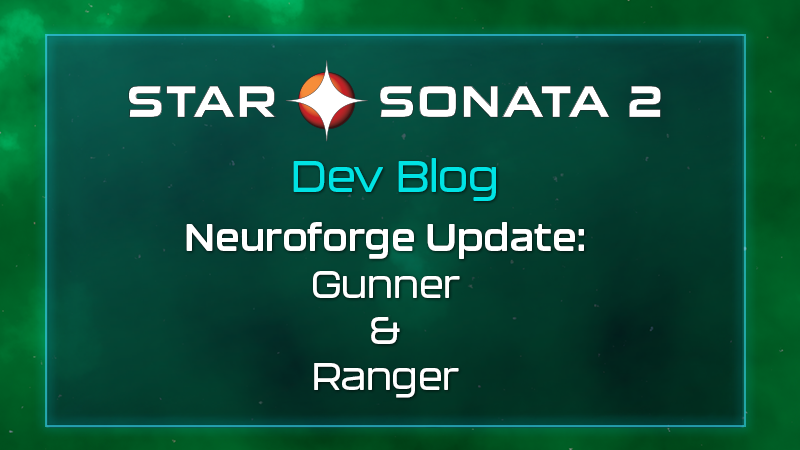









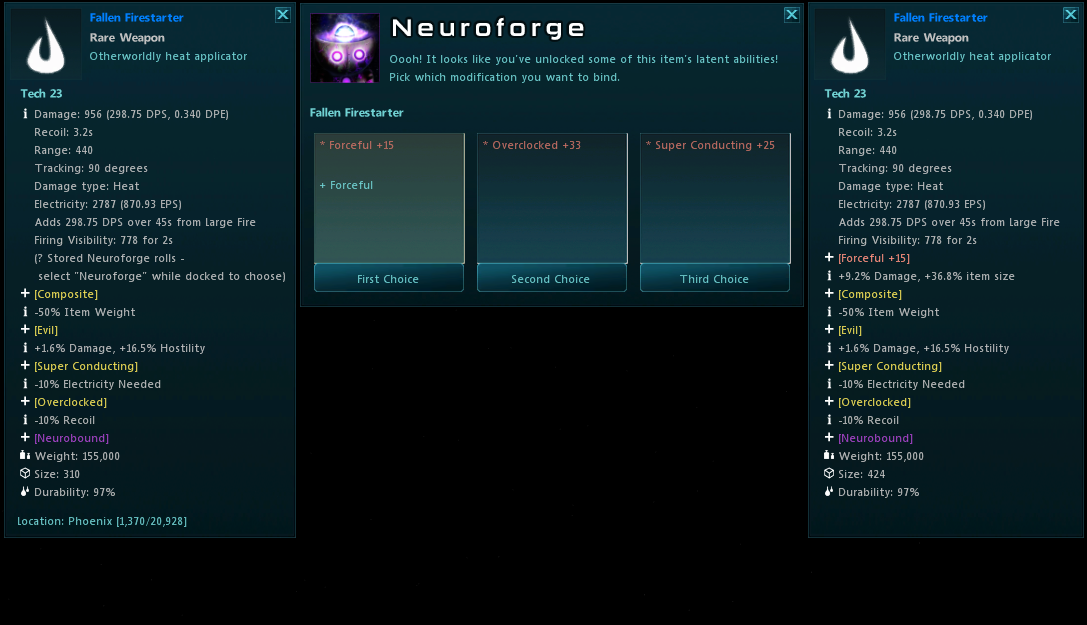

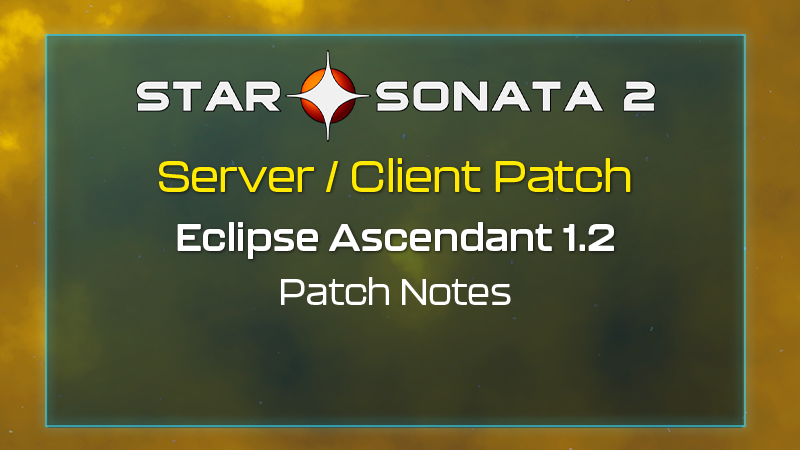
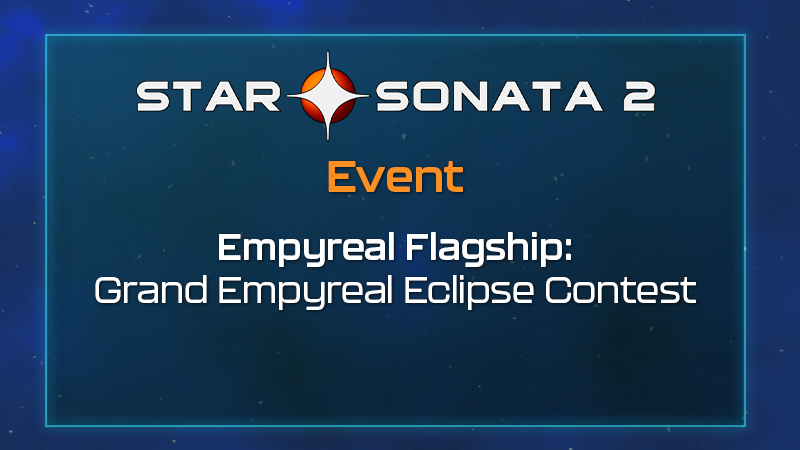
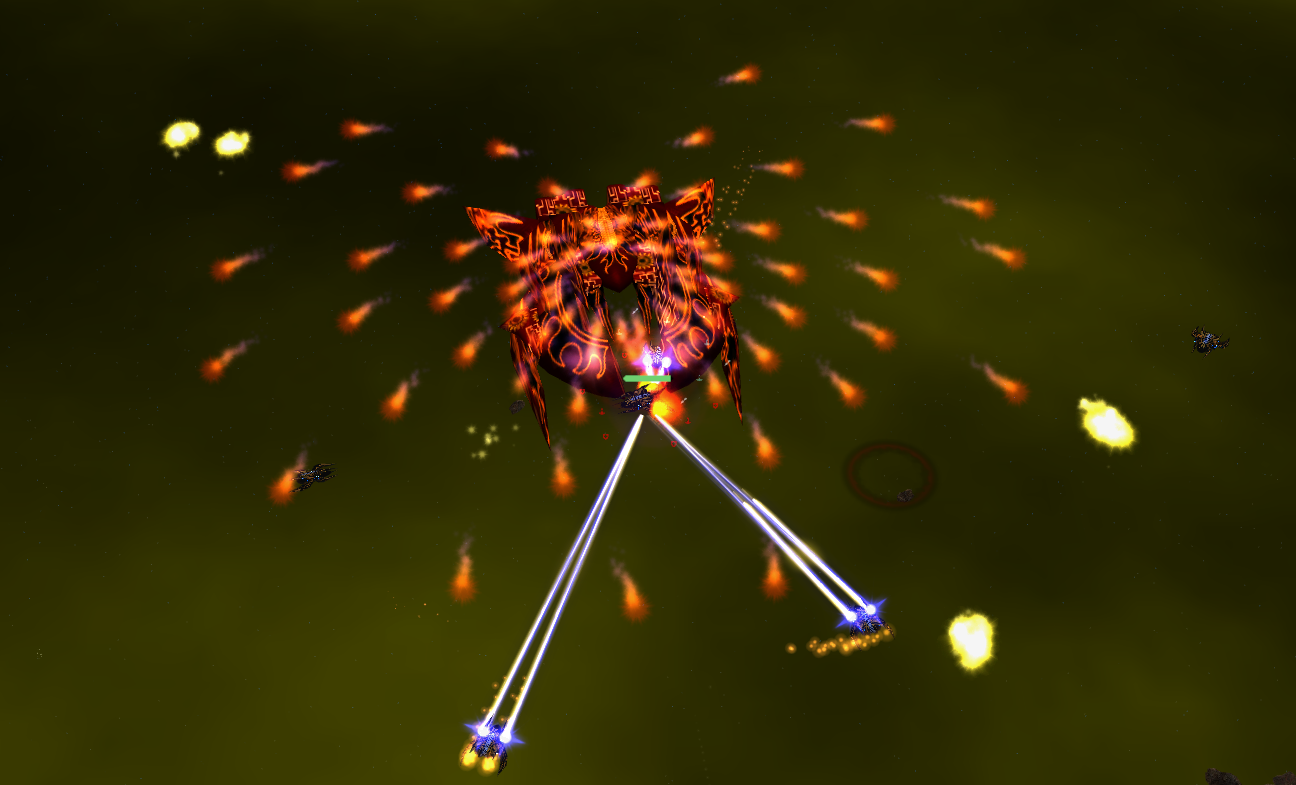
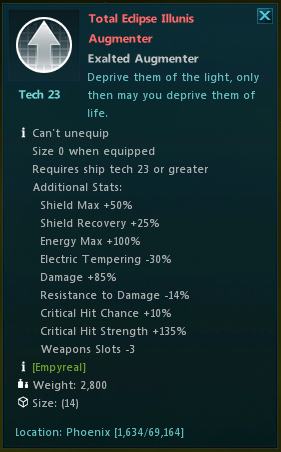
![updateL[1]](https://www.starsonata.com/wordpress/wp-content/uploads/2024/08/updateL1.png)

